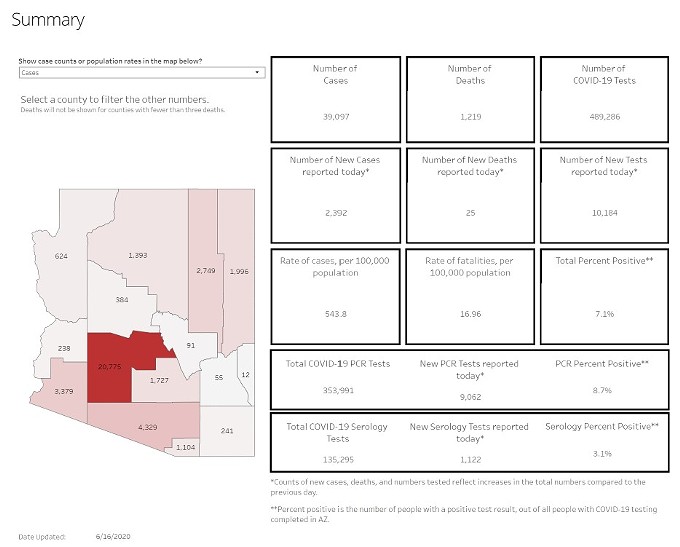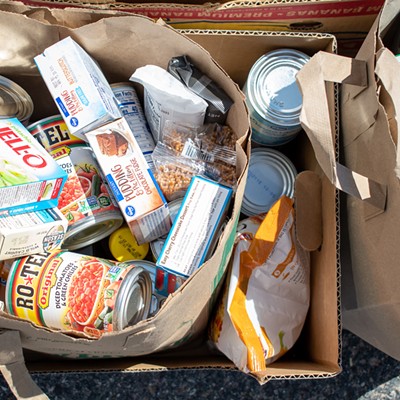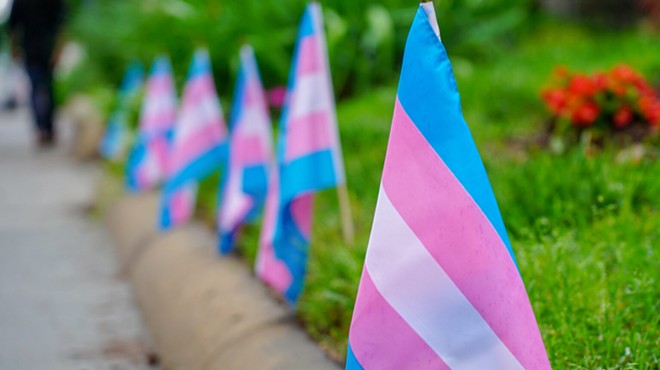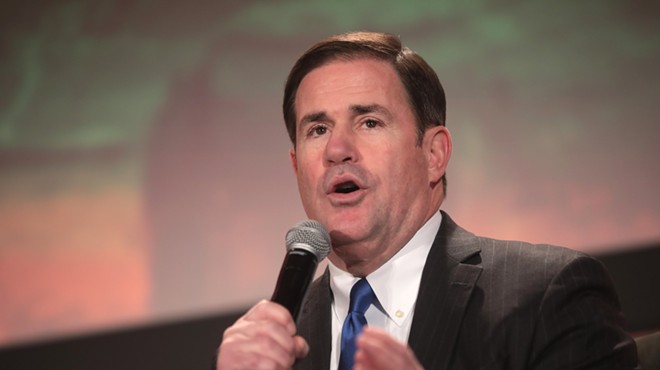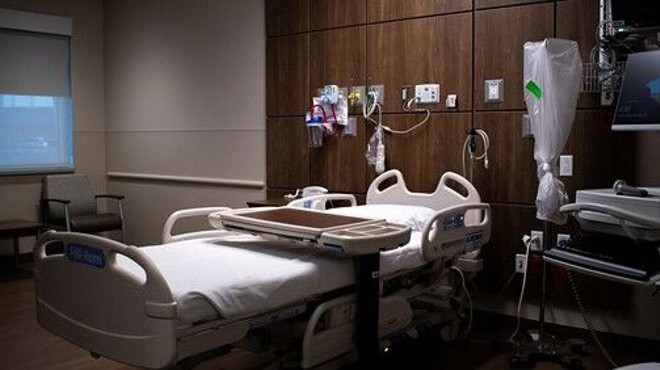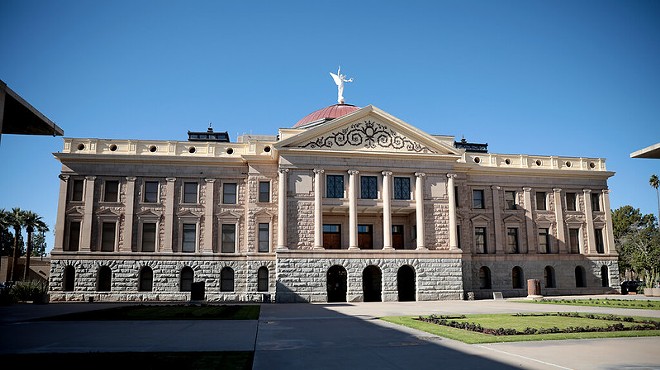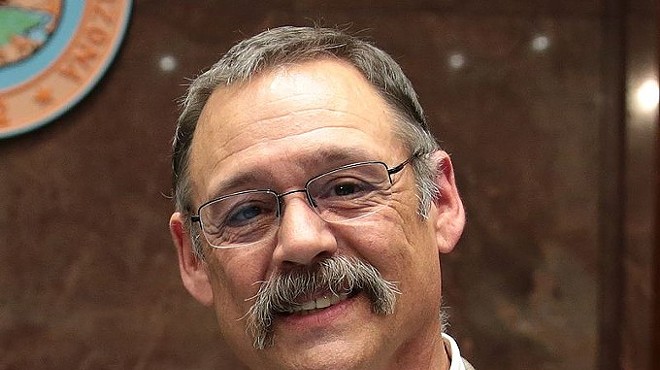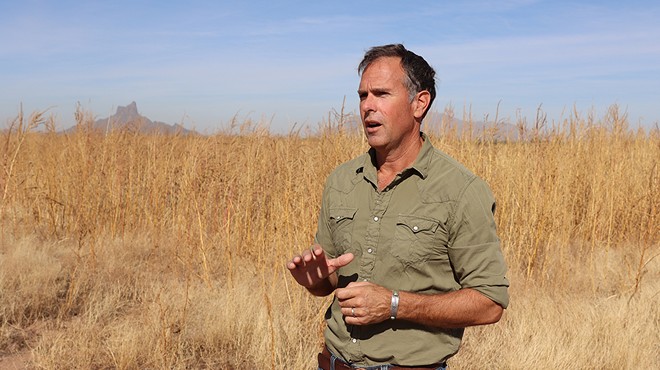Tuesday, June 16, 2020
Southern AZ COVID-19 AM Roundup for Tuesday, June 16: SHOCKER! Total Confirmed Cases Jump by Nearly 2400 Overnight; Total Cases Top 39K; 1.2K Now Dead After Contracting Virus; Local Officials Plead with Ducey: Allow Us To Set Our Own Rules To Slow Spread
The number of confirmed coronavirus cases in Arizona jumped past 39,000 as of Tuesday, June 16, after the state reported a record new 2,392 new cases reported this morning, according to the Arizona Department of Health Services.
Pima County had 4,329 of the state's 39,097 confirmed cases.
On June 1, the state had 20,123 confirmed cases.
A total of 1,219 people have died after contracting the virus.
Maricopa County has more than half the state's cases, with the number of confirmed COVID-19 cases hitting 20,775.
Because symptoms can take as long as two weeks to appear after exposure to the virus (while some people can remain entirely asymptomatic), health officials continue to urge the public to avoid unnecessary trips and gatherings of more than 10 people, especially if you have underlying health conditions, and have advised people to cover their faces with masks in public.
Although Gov. Doug Ducey told Arizonans that the state "was clearly on the other side of this pandemic" when he lifted his stay-at-home order on in mid-May, Arizona hospitals continue to see a steady rise in the number of people hospitalized with COVID symptoms, as well as more people visiting emergency rooms.
This morning's Arizona Department of Health Services report shows that as of yesterday, a record 1,506 Arizonans were hospitalized, a jump of 497 from June 1. A record number total of 956 people arrived at emergency rooms with COVID-like symptoms on June 15, according to the report. Previous to June, the number of people seeking help in emergency rooms never topped 667, but the daily number hasn't dipped below 800 since June 5. The number of patients in ICU beds hit a new record of 502 yesterday.
Tucson officials, including Mayor Regina Romero and Tucson City Councilman Steve Kozachik, have asked Ducey to allow local communities to set their own standards to reduce the rapid spread of COVID-19. Under his executive order, Ducey has prohibited local jurisdictions from setting standards tougher than state regulations.
Romero yesterday urged Ducey "to remove the restrictions he has placed on local governments from taking their own public health measures."
"For example, I believe that face masks should be mandatory in areas of the state with high community transmission for indoor spaces where social distancing is not feasible," Romero said. "Gov. Ducey needs to untie the hands of local governments and allow us to make decisions that are in the best interest of our communities and account for local conditions."
Ducey, who has rarely been seen with a mask or face covering and whose administration has frequently neglected to include the advice in various health advisories it has sent out, said last week he did wear them while shopping when he cannot physically distance from others by at least 6 feet. He advised Arizonans to wear them if they felt comfortable doing so.
Despite the rising number of hospitalizations, Gov. Doug Ducey said last week there's no reason to be concerned about hospital capacity.
Along with growing cases and increasing hospitalizations, Arizona is trending in the wrong direction in one of the CDC gating criteria that Ducey used to justify lifting the stay-at-home order on May 16. Ducey then noted that CDC gating criteria included two weeks of falling cases or two weeks decreasing positive cases as a percentage of total tests. Total cases continue to rise, as does the number of positive cases as a percentage of total tests. On May 17, the percentage of positive tests to total tests was 6 percent; on May 24, it was 9 percent; on May 31, it was 12 percent; on June 7, it was 14 percent, according to figure on the ADHS website.
In a contentious June 11 conference, Ducey acknowledged that the trend was moving in the wrong direction and promised the state would continue to monitor that number. But he said the idea of enacting a new stay-at-home order was not under discussion by his administration.
Ducey pushed back at local and national media reports that suggested that the rising cases, increased hospitalization, and reversal of CDC gating criteria trends meant that Arizona was moving in the wrong direction and called reports that the healthcare system was nearing capacity "misinformation."
He said Arizonans would have to learn to live with the virus.
"This virus is not going away," Ducey said. "There is not a cure for this virus. There is not a vaccine for this virus. So this virus is something we need to learn to live with. And we need to make sure we are protecting the most vulnerable in our society. Those are folks in a certain age bracket with underlying health conditions and at-risk conditions and we're going to continue to do that every single day until there is a vaccine."
Ducey pointed to a June 11 letter from the Health System Alliance of Arizona that stated: "As representatives of the largest health systems representing 80% of care provided in this state, we would like to assure the public that we have available bed capacity and surge plans are in place to continue to serve the people of Arizona. We are well prepared to manage an increase in patient volume."
"In addition, the utilization of the surge line remains an effective tool in ensuring that patients are evenly distributed among hospitals in order to avoid capacity issues at any one facility," the letter added. "Our surge plans will also create additional capacity for patients if needed. Arizona’s network of medical care is strong, stable, and prepared."
Ducey sidestepped numerous questions about whether his administration had requested the letter, saying that he had not personally requested and then saying that the letter got accurate facts to the public.
Banner Health officials warned on June 5 that unless current trends changed, they would have to activate a reserve bed plan as their ICU beds were nearly full.
Ducey insisted last week that he did not lift his stay-at-home too early.
"This has always been about saving lives, but it's also been about saving livelihoods in the state of Arizona," Ducey said. "We put the stay-at-home order there so we could prepare for what we are going through now, and we are prepared for it."
Pima County had 4,329 of the state's 39,097 confirmed cases.
On June 1, the state had 20,123 confirmed cases.
A total of 1,219 people have died after contracting the virus.
Maricopa County has more than half the state's cases, with the number of confirmed COVID-19 cases hitting 20,775.
Because symptoms can take as long as two weeks to appear after exposure to the virus (while some people can remain entirely asymptomatic), health officials continue to urge the public to avoid unnecessary trips and gatherings of more than 10 people, especially if you have underlying health conditions, and have advised people to cover their faces with masks in public.
Although Gov. Doug Ducey told Arizonans that the state "was clearly on the other side of this pandemic" when he lifted his stay-at-home order on in mid-May, Arizona hospitals continue to see a steady rise in the number of people hospitalized with COVID symptoms, as well as more people visiting emergency rooms.
This morning's Arizona Department of Health Services report shows that as of yesterday, a record 1,506 Arizonans were hospitalized, a jump of 497 from June 1. A record number total of 956 people arrived at emergency rooms with COVID-like symptoms on June 15, according to the report. Previous to June, the number of people seeking help in emergency rooms never topped 667, but the daily number hasn't dipped below 800 since June 5. The number of patients in ICU beds hit a new record of 502 yesterday.
Tucson officials, including Mayor Regina Romero and Tucson City Councilman Steve Kozachik, have asked Ducey to allow local communities to set their own standards to reduce the rapid spread of COVID-19. Under his executive order, Ducey has prohibited local jurisdictions from setting standards tougher than state regulations.
Romero yesterday urged Ducey "to remove the restrictions he has placed on local governments from taking their own public health measures."
"For example, I believe that face masks should be mandatory in areas of the state with high community transmission for indoor spaces where social distancing is not feasible," Romero said. "Gov. Ducey needs to untie the hands of local governments and allow us to make decisions that are in the best interest of our communities and account for local conditions."
Ducey, who has rarely been seen with a mask or face covering and whose administration has frequently neglected to include the advice in various health advisories it has sent out, said last week he did wear them while shopping when he cannot physically distance from others by at least 6 feet. He advised Arizonans to wear them if they felt comfortable doing so.
Despite the rising number of hospitalizations, Gov. Doug Ducey said last week there's no reason to be concerned about hospital capacity.
Along with growing cases and increasing hospitalizations, Arizona is trending in the wrong direction in one of the CDC gating criteria that Ducey used to justify lifting the stay-at-home order on May 16. Ducey then noted that CDC gating criteria included two weeks of falling cases or two weeks decreasing positive cases as a percentage of total tests. Total cases continue to rise, as does the number of positive cases as a percentage of total tests. On May 17, the percentage of positive tests to total tests was 6 percent; on May 24, it was 9 percent; on May 31, it was 12 percent; on June 7, it was 14 percent, according to figure on the ADHS website.
In a contentious June 11 conference, Ducey acknowledged that the trend was moving in the wrong direction and promised the state would continue to monitor that number. But he said the idea of enacting a new stay-at-home order was not under discussion by his administration.
Ducey pushed back at local and national media reports that suggested that the rising cases, increased hospitalization, and reversal of CDC gating criteria trends meant that Arizona was moving in the wrong direction and called reports that the healthcare system was nearing capacity "misinformation."
He said Arizonans would have to learn to live with the virus.
"This virus is not going away," Ducey said. "There is not a cure for this virus. There is not a vaccine for this virus. So this virus is something we need to learn to live with. And we need to make sure we are protecting the most vulnerable in our society. Those are folks in a certain age bracket with underlying health conditions and at-risk conditions and we're going to continue to do that every single day until there is a vaccine."
Ducey pointed to a June 11 letter from the Health System Alliance of Arizona that stated: "As representatives of the largest health systems representing 80% of care provided in this state, we would like to assure the public that we have available bed capacity and surge plans are in place to continue to serve the people of Arizona. We are well prepared to manage an increase in patient volume."
"In addition, the utilization of the surge line remains an effective tool in ensuring that patients are evenly distributed among hospitals in order to avoid capacity issues at any one facility," the letter added. "Our surge plans will also create additional capacity for patients if needed. Arizona’s network of medical care is strong, stable, and prepared."
Ducey sidestepped numerous questions about whether his administration had requested the letter, saying that he had not personally requested and then saying that the letter got accurate facts to the public.
Banner Health officials warned on June 5 that unless current trends changed, they would have to activate a reserve bed plan as their ICU beds were nearly full.
Ducey insisted last week that he did not lift his stay-at-home too early.
"This has always been about saving lives, but it's also been about saving livelihoods in the state of Arizona," Ducey said. "We put the stay-at-home order there so we could prepare for what we are going through now, and we are prepared for it."


